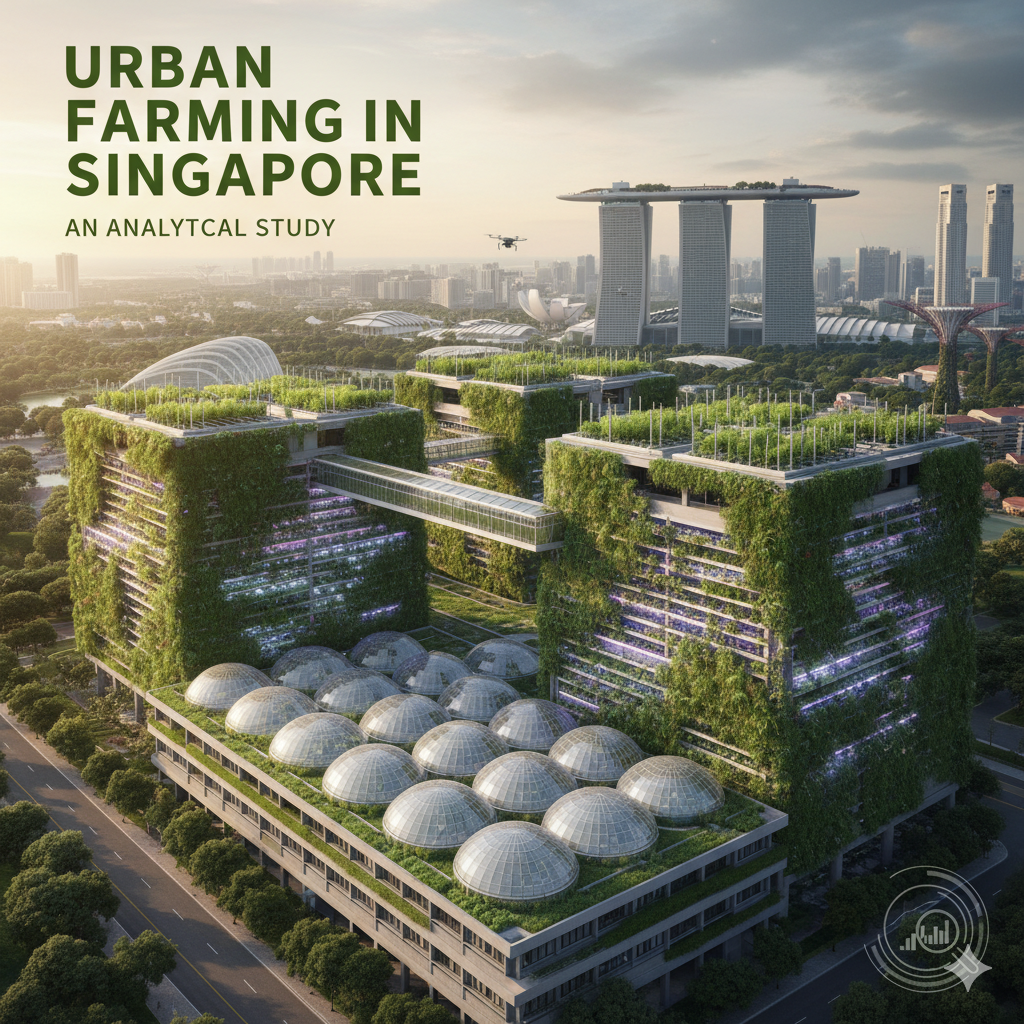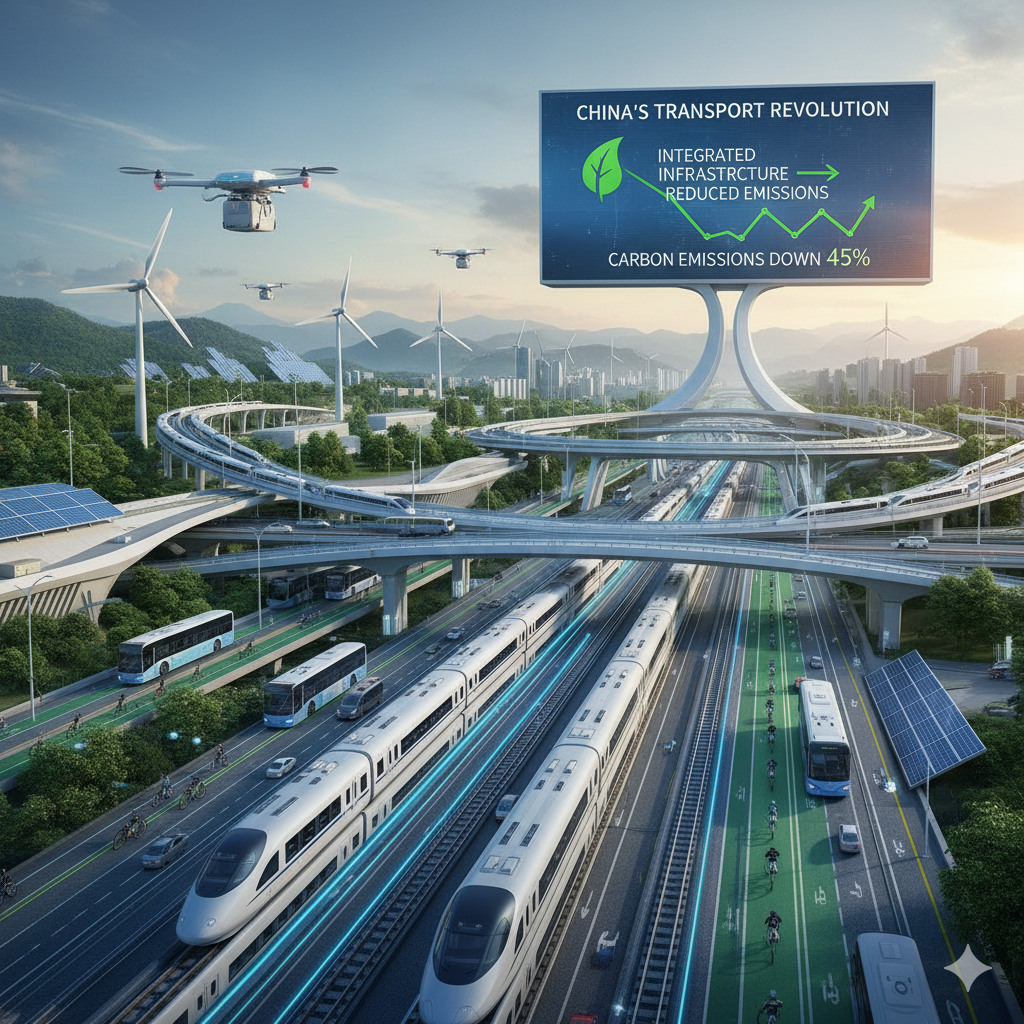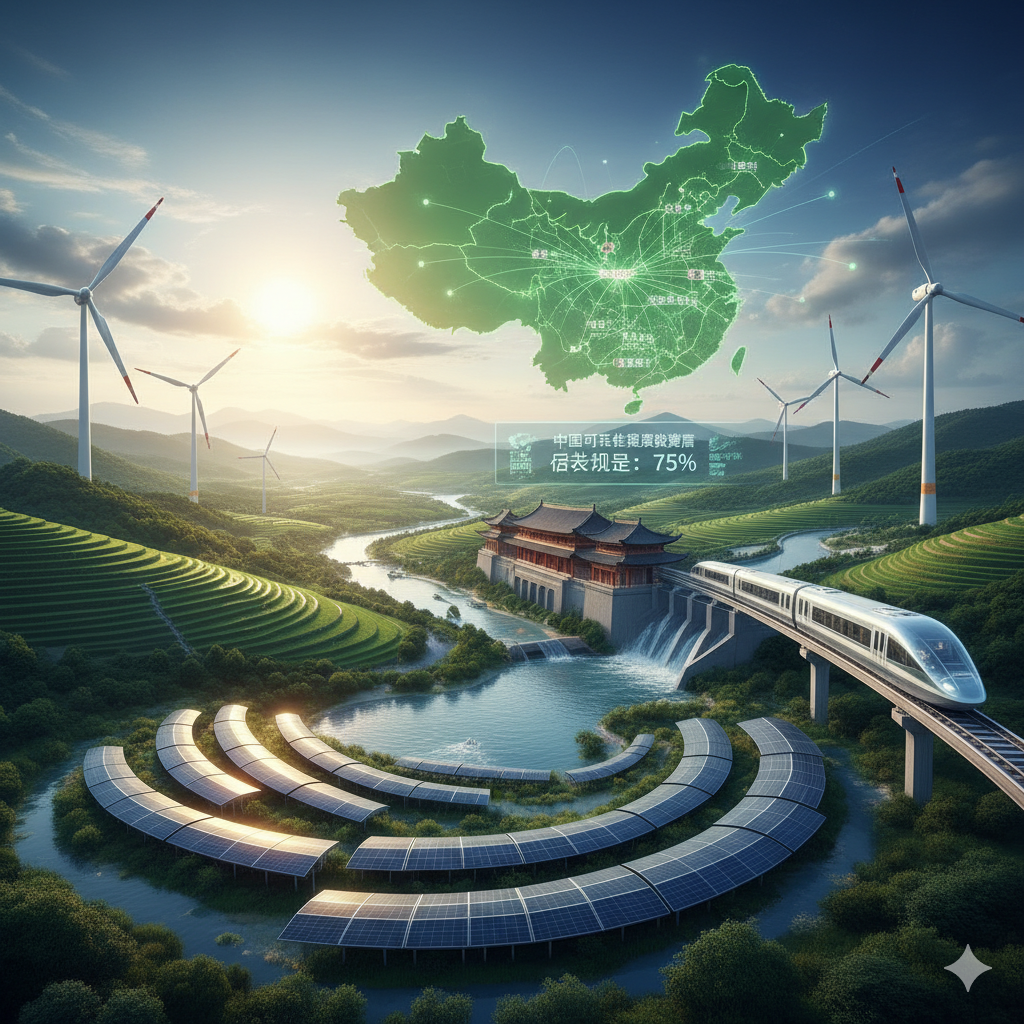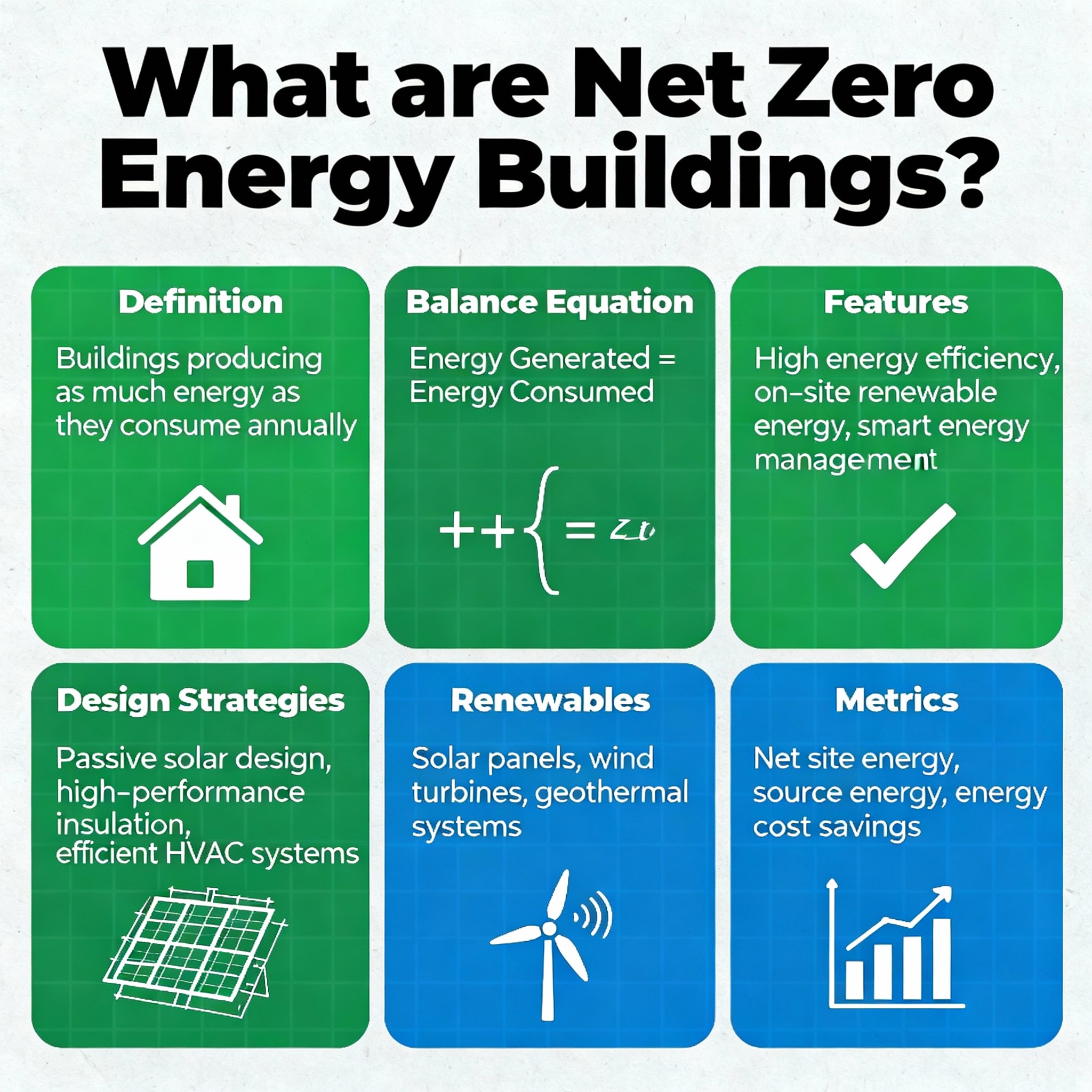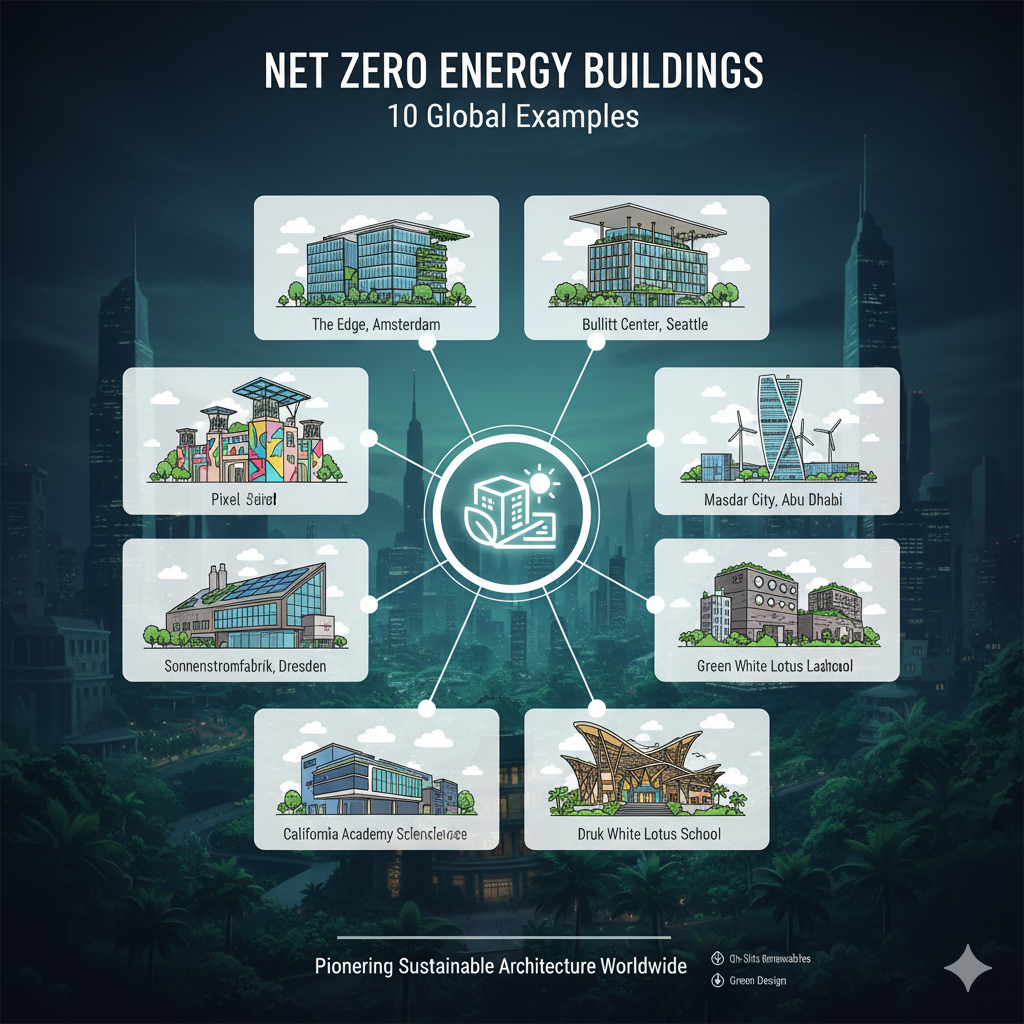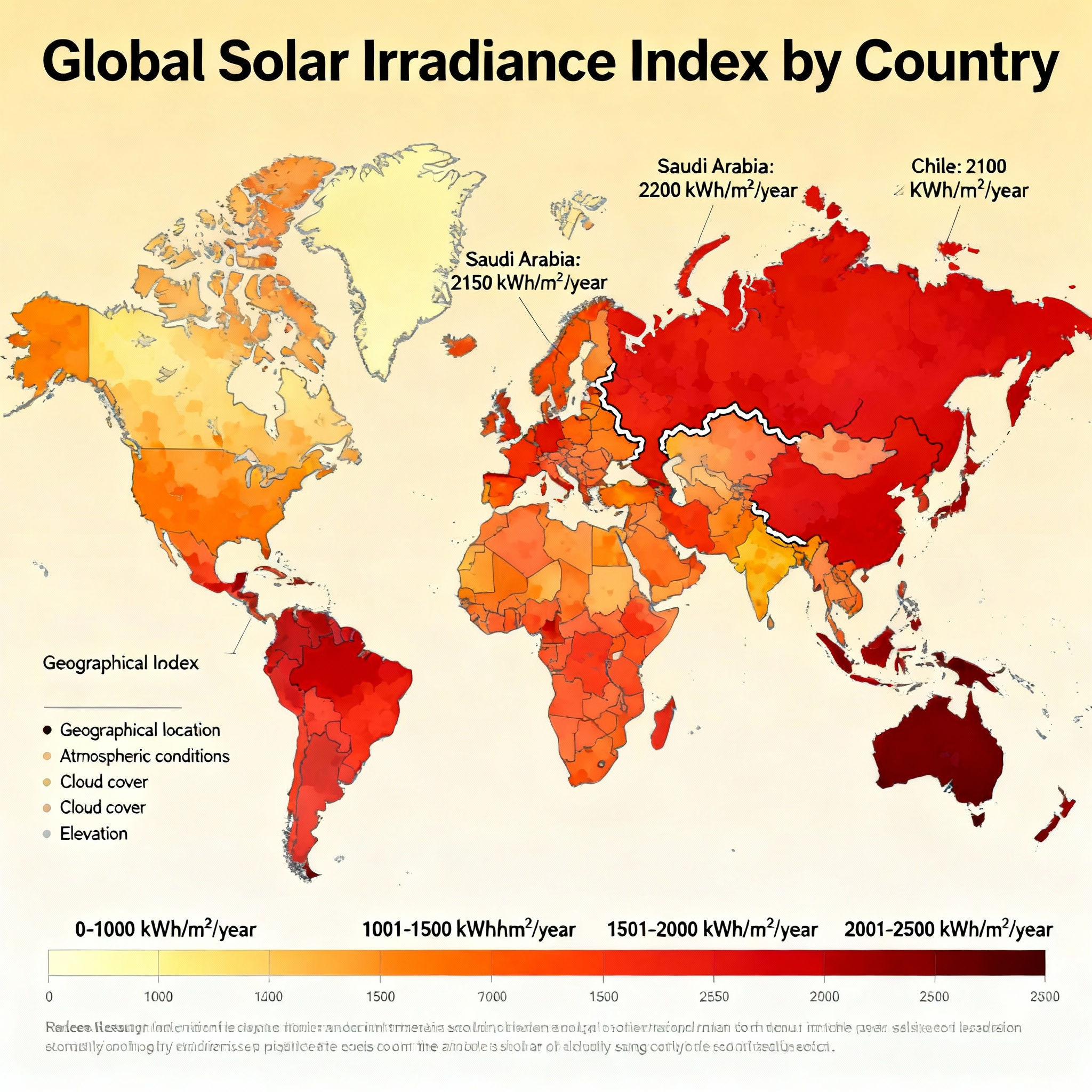Strategies to Achieve Energy Efficiency in Buildings
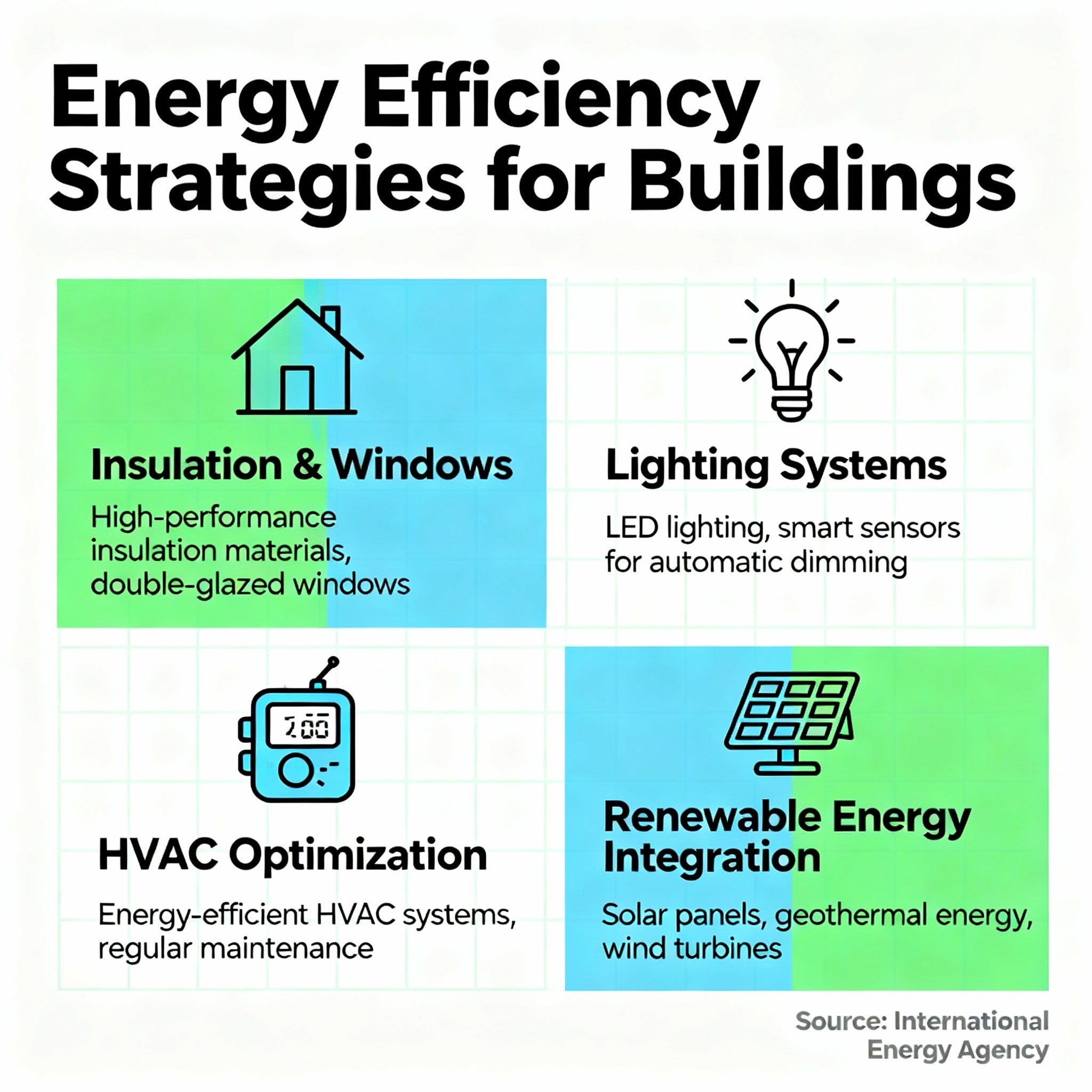
Introduction: A Sustainable Future
As global energy consumption rises and climate change accelerates, one of the most impactful areas for improvement is in our built environment. Buildings account for nearly 40% of global energy-related carbon emissions, making them a central focus in the pursuit of sustainability. This article explores strategies to achieve energy efficiency in buildings, offering practical, scalable, and innovative solutions for homeowners, architects, engineers, and policymakers.
Why Focus on Energy Efficiency in Buildings?
Before diving into strategies, it’s important to understand the significance of energy-efficient buildings:
-
Lower energy bills for occupants
-
Reduced environmental footprint
-
Increased property value and comfort
-
Compliance with global climate targets
-
Enhanced indoor air quality and health
According to the International Energy Agency (IEA), improving energy efficiency in buildings could reduce energy demand by up to 50% in some regions by 2050.
1. Passive Design Strategies
One of the most cost-effective and foundational strategies to achieve energy efficiency in buildings is through passive design.
What is Passive Design?
Passive design leverages natural elements such as sunlight, ventilation, and thermal mass to reduce the need for mechanical heating or cooling.
Key Passive Design Techniques:
-
Orientation & Window Placement: Position buildings to maximize daylight and minimize heat gain.
-
Thermal Mass: Use materials like concrete or brick to store heat during the day and release it at night.
-
Natural Ventilation: Design windows and air paths for cross-ventilation.
-
Shading Devices: Install overhangs or louvers to reduce solar gain.
🔗 Learn more about passive design principles at Whole Building Design Guide (WBDG).
2. High-Performance Building Envelope
The building envelope—including walls, roof, floors, windows, and doors—plays a critical role in maintaining internal temperatures.
Strategies for Improving the Building Envelope:
-
High-Insulation Materials: Use fiberglass, cellulose, or spray foam insulation.
-
Air Sealing: Identify and eliminate leaks in the envelope.
-
Energy-Efficient Windows: Install double or triple-glazed low-emissivity (low-E) windows.
-
Cool Roofs: Use reflective materials to reduce heat absorption.
🛠 Tools like Energy Star’s Home Energy Yardstick can help assess and improve your building’s performance.
3. Smart Building Technologies
Integrating smart technologies is one of the fastest-growing strategies to achieve energy efficiency in buildings.
Top Smart Technologies:
-
Smart Thermostats: Devices like Nest or Ecobee adjust heating and cooling based on occupancy.
-
Automated Lighting Systems: Use motion sensors and daylight-responsive controls.
-
Energy Management Systems (EMS): Monitor real-time energy use and provide insights.
-
IoT Integration: Sensors and AI help optimize HVAC, lighting, and appliance usage.
📘 Read more on smart buildings at Smart Energy International.
4. Efficient HVAC Systems
Heating, ventilation, and air conditioning (HVAC) systems are often the largest energy consumers in buildings.
HVAC Efficiency Strategies:
-
Upgrade to High-SEER Systems: Use HVAC units with a high Seasonal Energy Efficiency Ratio.
-
Zoned Heating/Cooling: Deliver comfort only where needed.
-
Regular Maintenance: Clean filters and check ductwork regularly.
-
Heat Recovery Ventilation (HRV): Capture and reuse heat from exhaust air.
📈 The U.S. Department of Energy (DOE) provides tips for energy-efficient HVAC design.
5. Renewable Energy Integration
While energy efficiency focuses on reducing demand, combining it with on-site renewable energy helps offset what’s left.
Renewable Options for Buildings:
-
Solar Photovoltaic (PV) Panels: Generate electricity on-site.
-
Solar Thermal Systems: Heat water for domestic use.
-
Geothermal Heat Pumps: Use ground temperature for heating/cooling.
-
Wind Turbines: Applicable for rural or coastal buildings.
📍 Learn how to finance solar energy upgrades with tools from DSIRE (Database of State Incentives for Renewables & Efficiency).
6. Efficient Lighting Solutions
Lighting accounts for nearly 15% of residential electricity use and more in commercial buildings.
Lighting Strategies:
-
LED Lighting: Use 75% less energy and last 25x longer than incandescents.
-
Daylight Harvesting: Maximize natural light to reduce reliance on artificial lighting.
-
Occupancy Sensors: Lights turn off automatically when no one is present.
-
Tunable Lighting: Adjust color temperature and intensity based on time of day.
💡 Read about lighting efficiency standards at Lighting Global.
7. Water Efficiency & HVAC Load Reduction
Water heating and distribution consume a significant amount of energy. Reducing water usage can indirectly cut down HVAC loads.
Water Efficiency Tactics:
-
Low-Flow Fixtures: Faucets, showerheads, and toilets.
-
Greywater Recycling Systems: Reuse water from sinks and showers.
-
Efficient Water Heaters: Tankless or solar water heaters.
🔗 Visit WaterSense by the EPA for certified water-efficient products.
8. Green Building Certifications
Certifications ensure that a building meets rigorous energy efficiency and sustainability standards.
Top Certifications:
-
LEED (Leadership in Energy and Environmental Design)
-
BREEAM (Building Research Establishment Environmental Assessment Method)
-
WELL Building Standard
-
ENERGY STAR Certification for Buildings
These frameworks provide guidelines, performance metrics, and credibility.
🏢 Learn more from the U.S. Green Building Council (USGBC).
9. Behavioral Changes and Occupant Engagement
Technology alone isn’t enough. Engaging occupants in the process is a powerful yet often overlooked strategy to achieve energy efficiency in buildings.
Simple Behavior Shifts:
-
Turn off unused appliances and lights
-
Set thermostats appropriately (68°F winter, 78°F summer)
-
Use blinds and shades to manage heat
-
Report maintenance issues quickly
🎓 Check out energy-saving tips for occupants from Energy.gov.
10. Lifecycle Analysis & Sustainable Materials
Efficient buildings start with smart choices during design and construction.
Material Strategies:
-
Use Recycled and Locally Sourced Materials
-
Low-VOC (Volatile Organic Compound) Paints and Finishes
-
Prefabricated and Modular Components
Lifecycle Thinking:
-
Assess the total environmental impact from construction to demolition.
-
Choose materials with Environmental Product Declarations (EPDs).
📊 Learn more from BuildingGreen.
Final Thoughts: The Future of Energy-Efficient Buildings
Implementing these strategies to achieve energy efficiency in buildings is not just about reducing carbon footprints—it’s also about creating healthier, smarter, and more resilient structures for the future. Whether you’re a homeowner, builder, policymaker, or architect, there are actionable steps you can take today.
The building of tomorrow is energy-efficient, people-centric, and sustainable.


